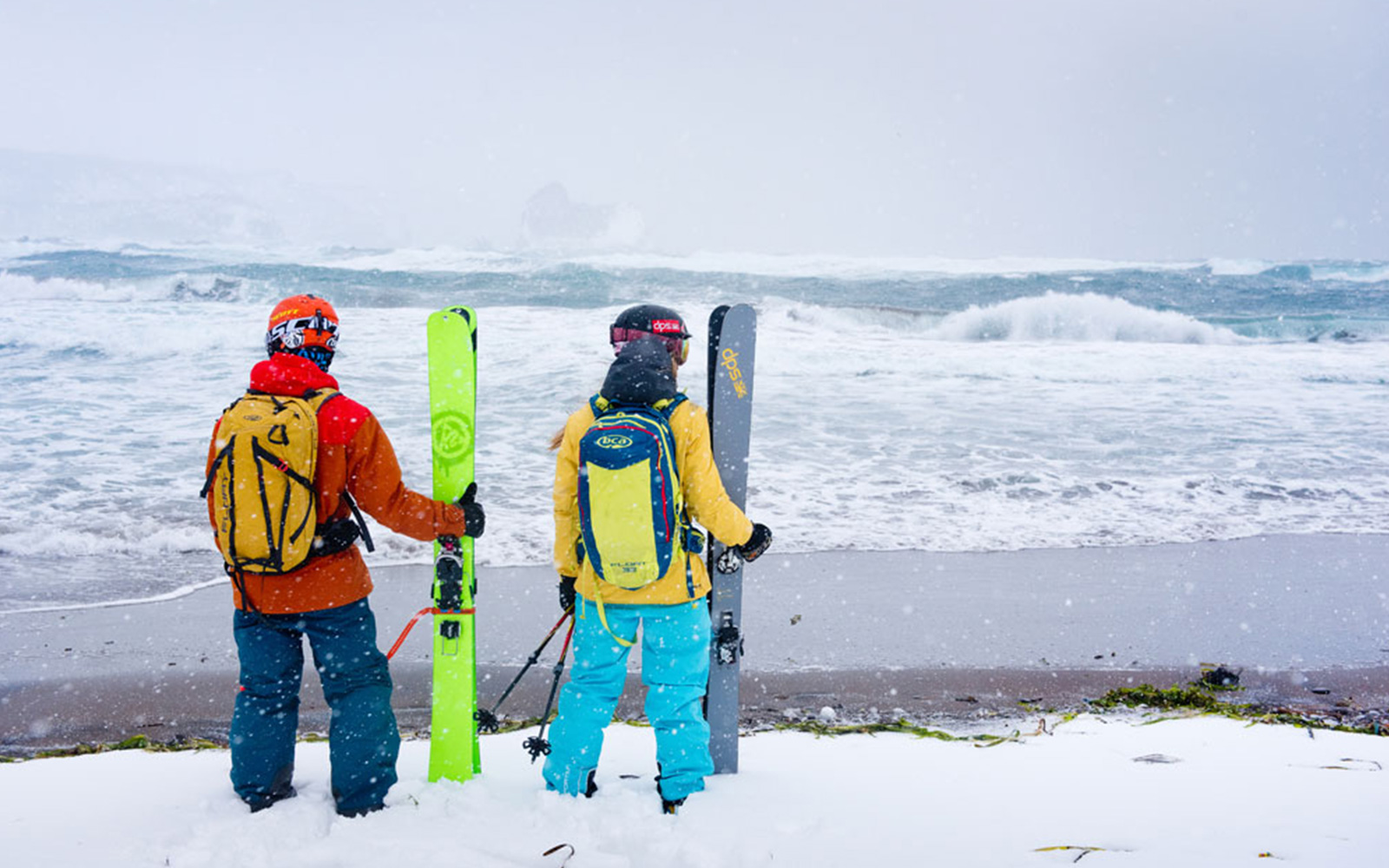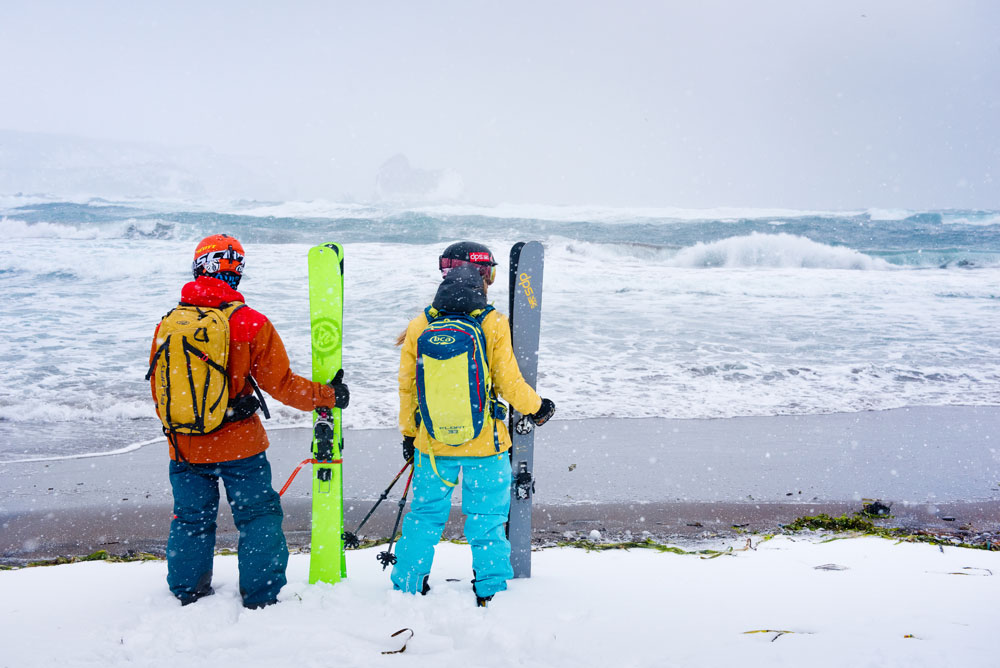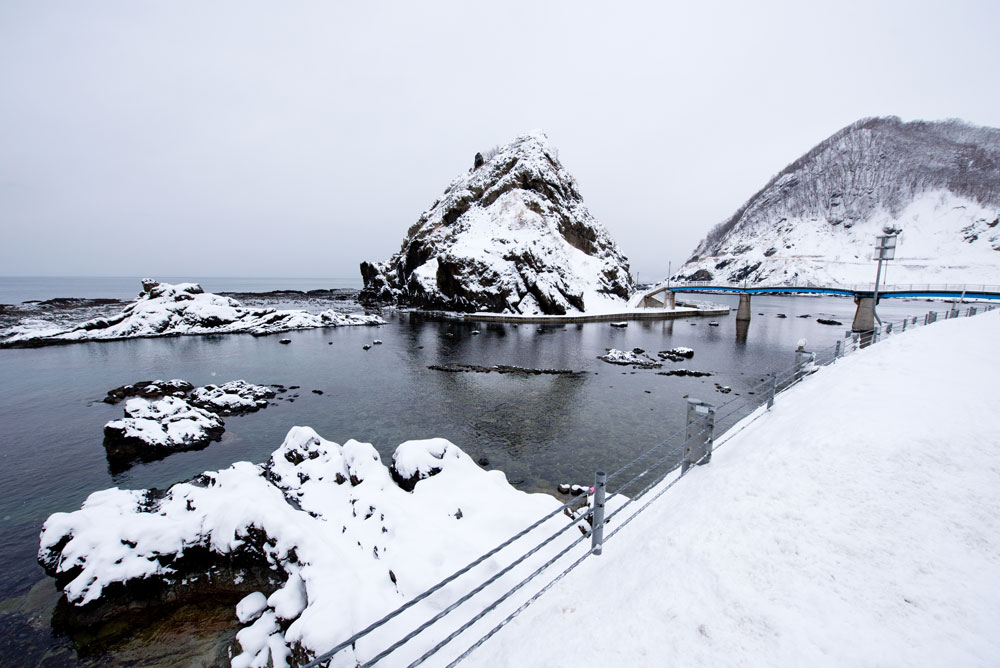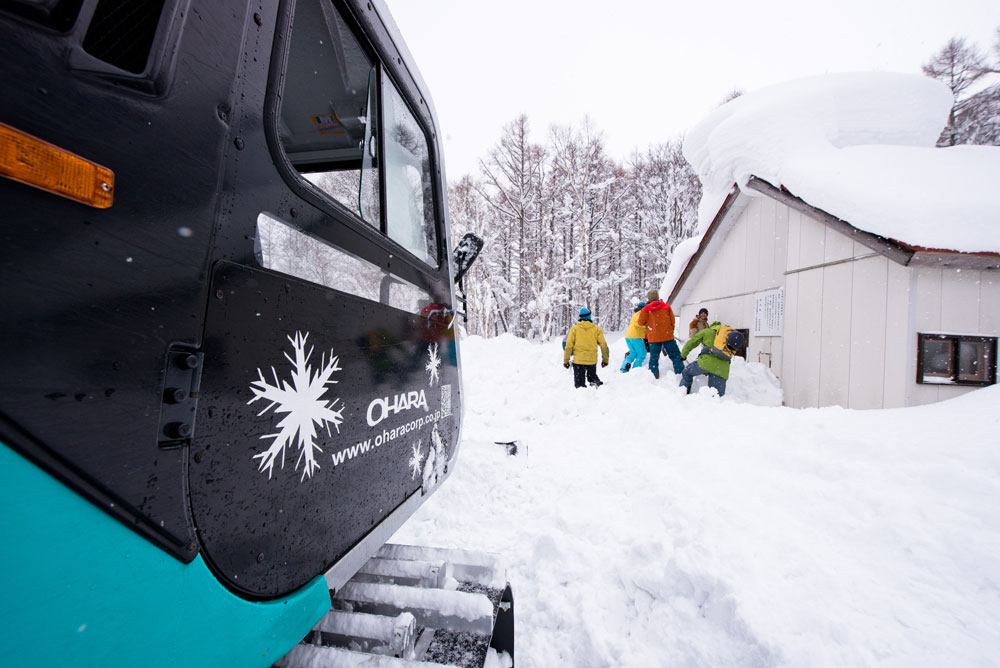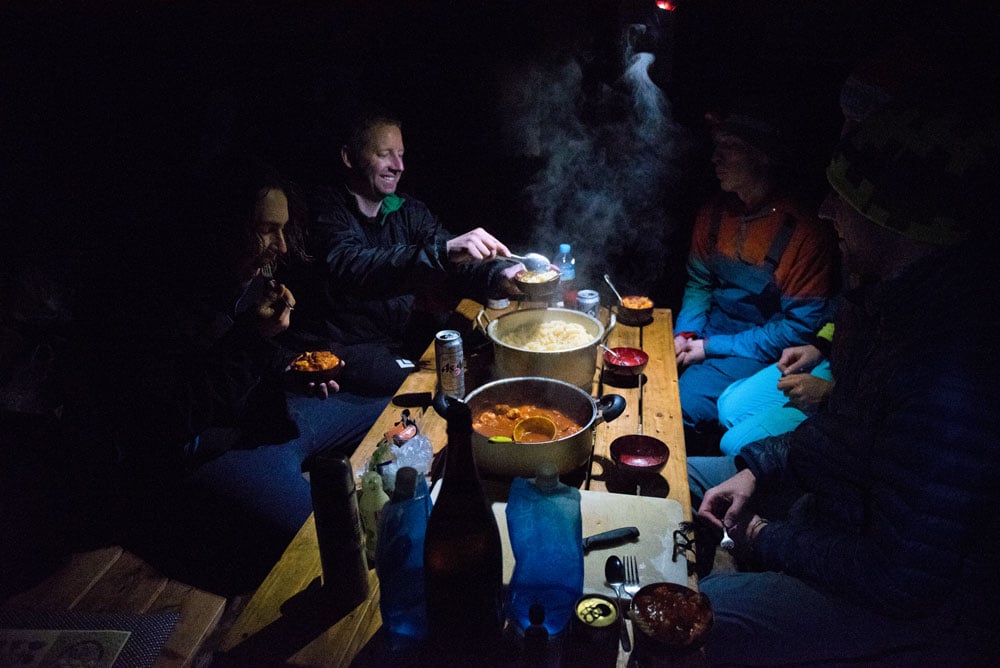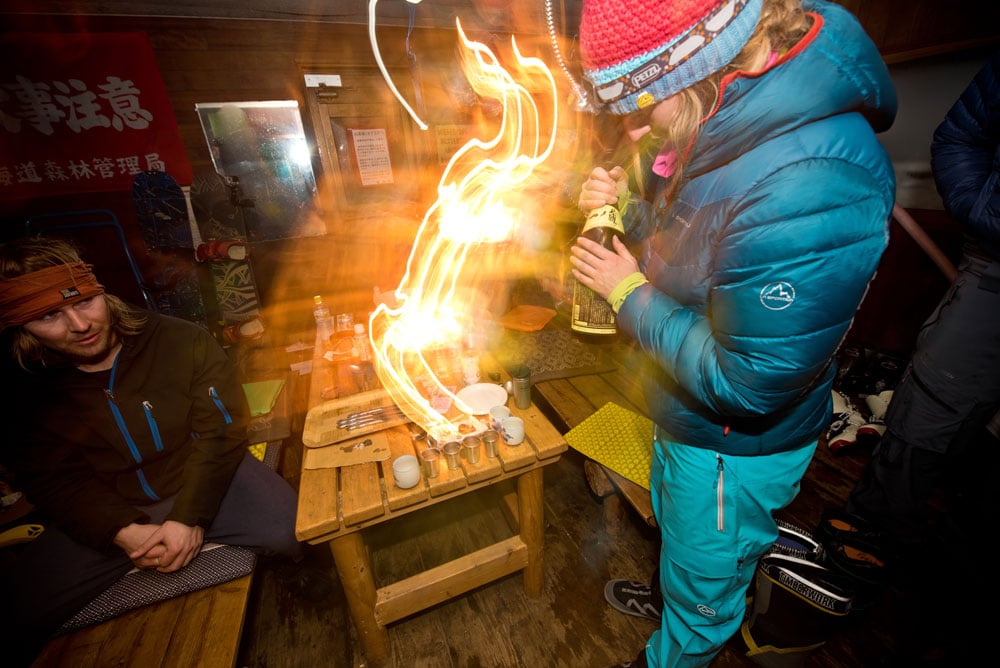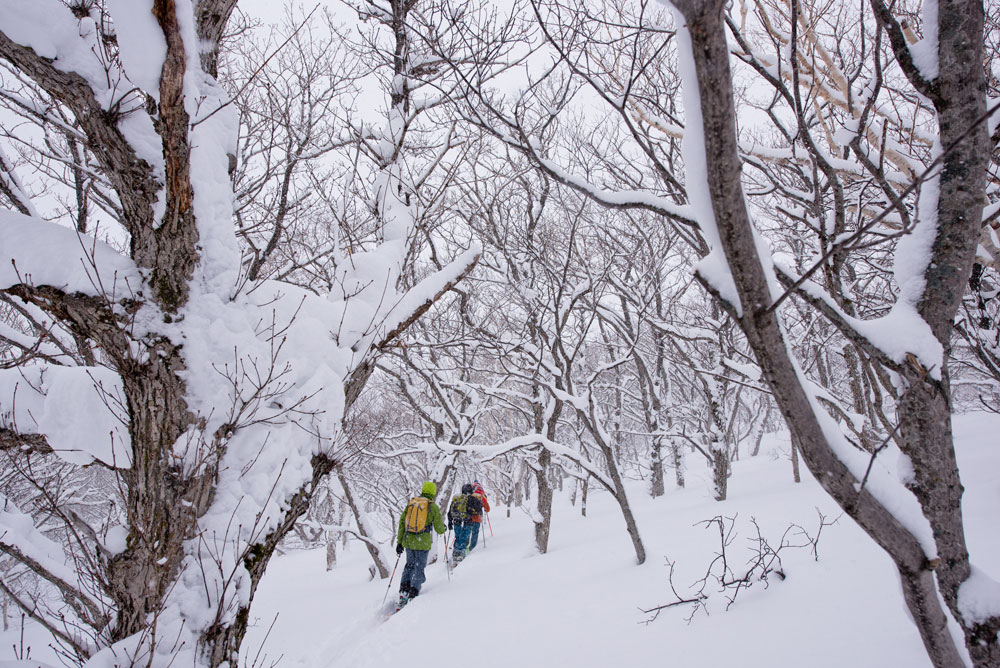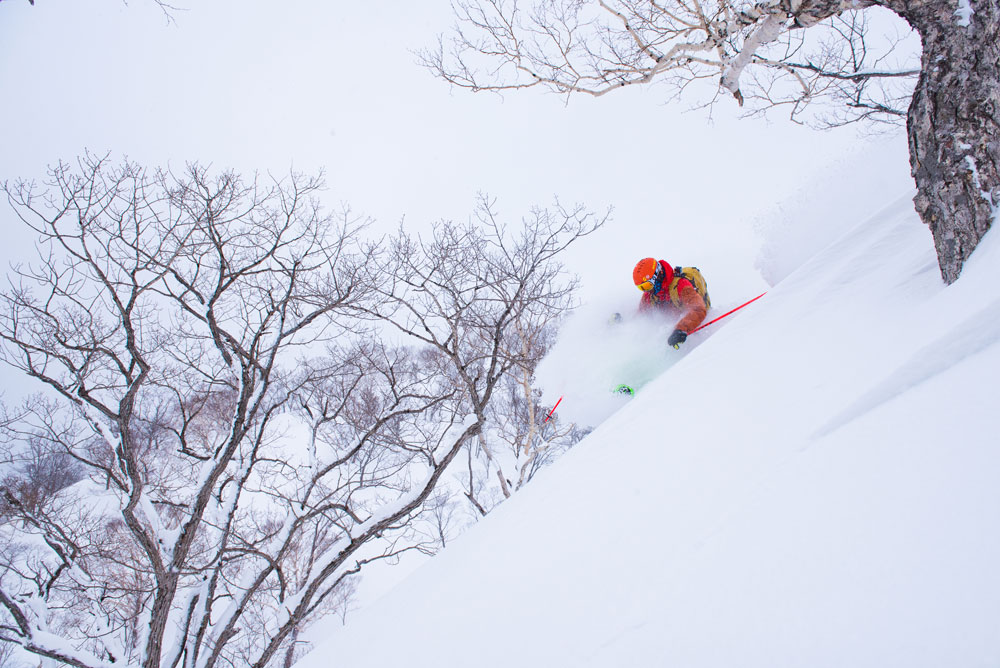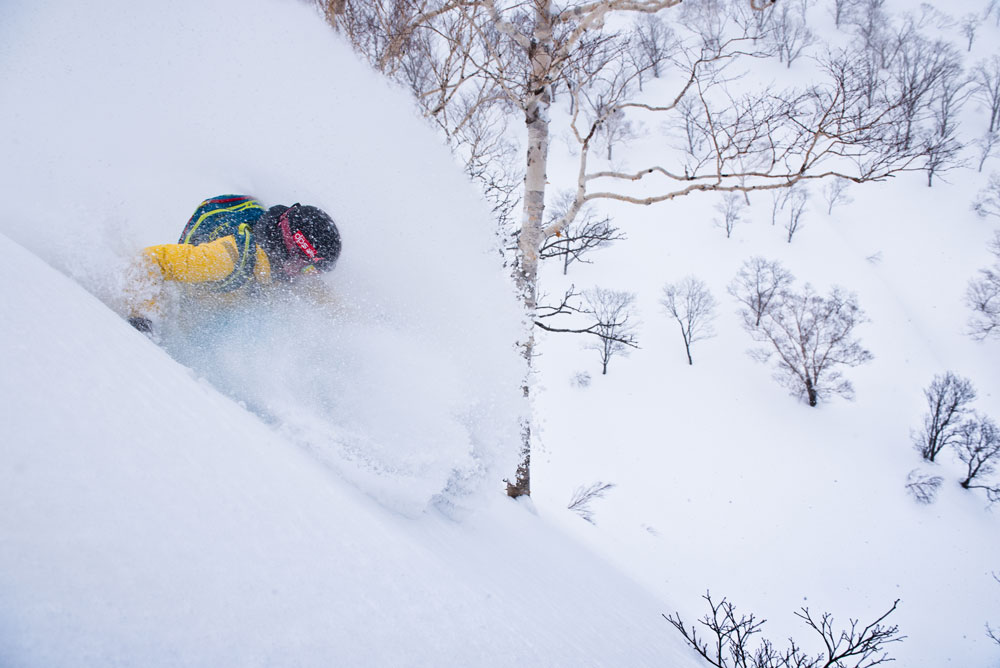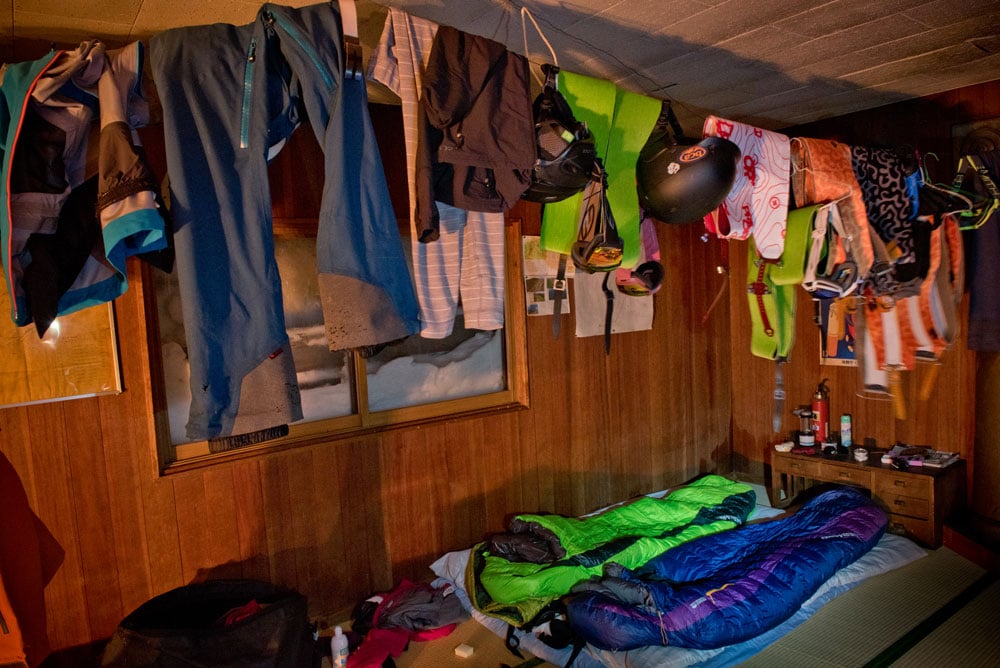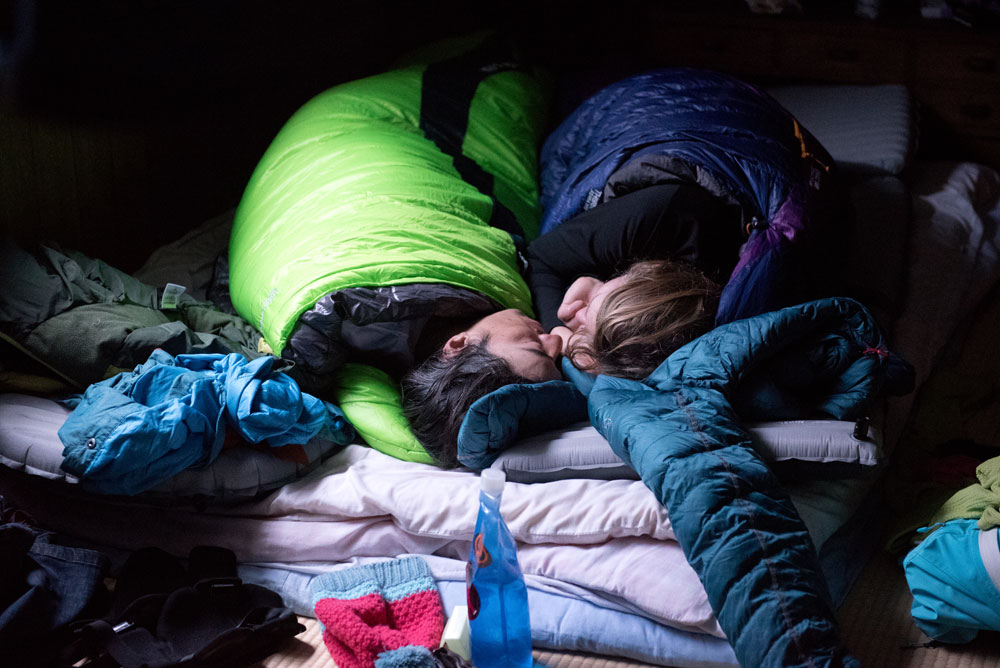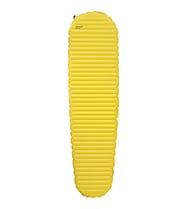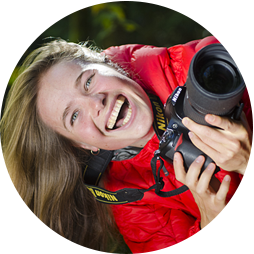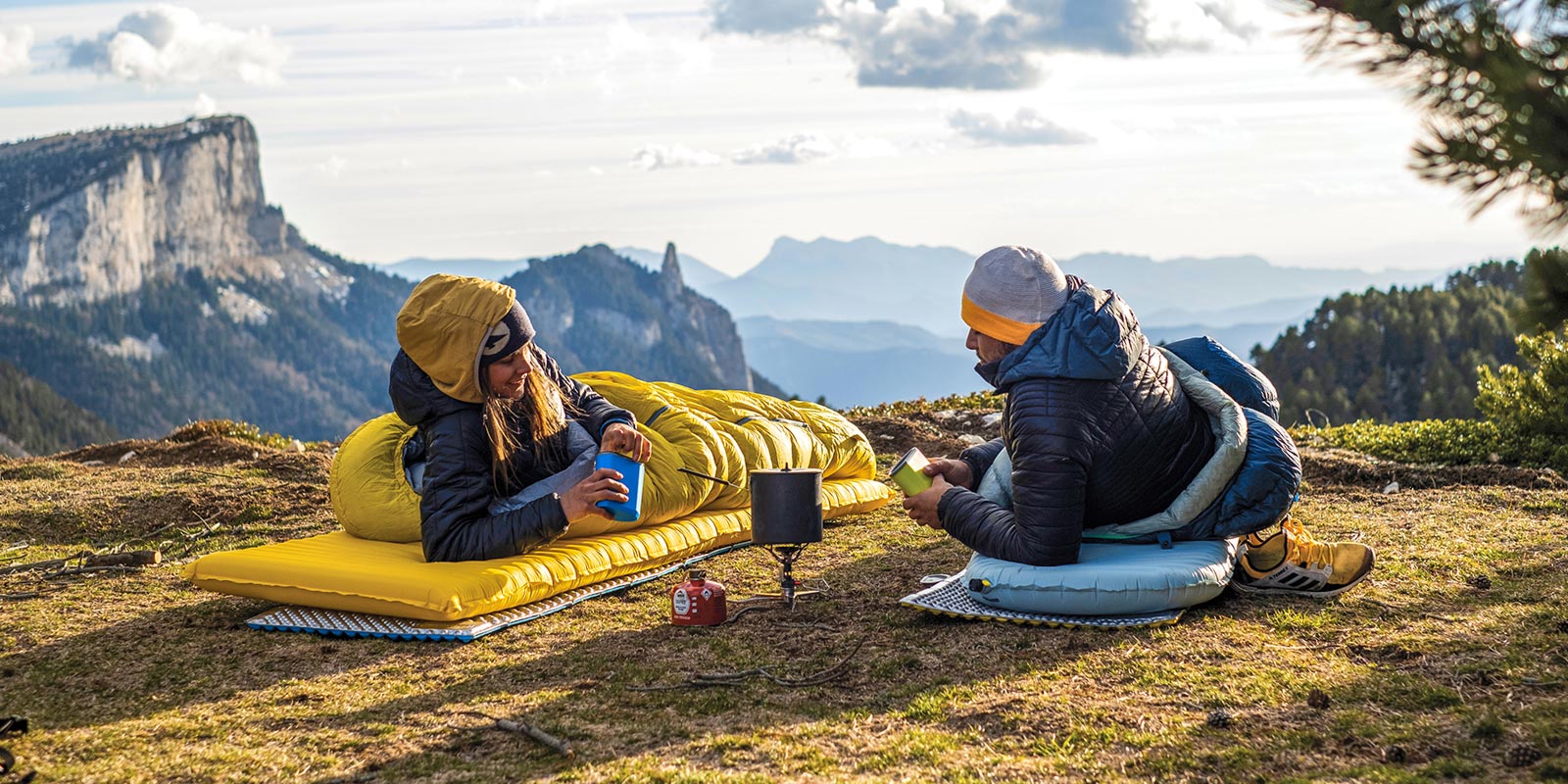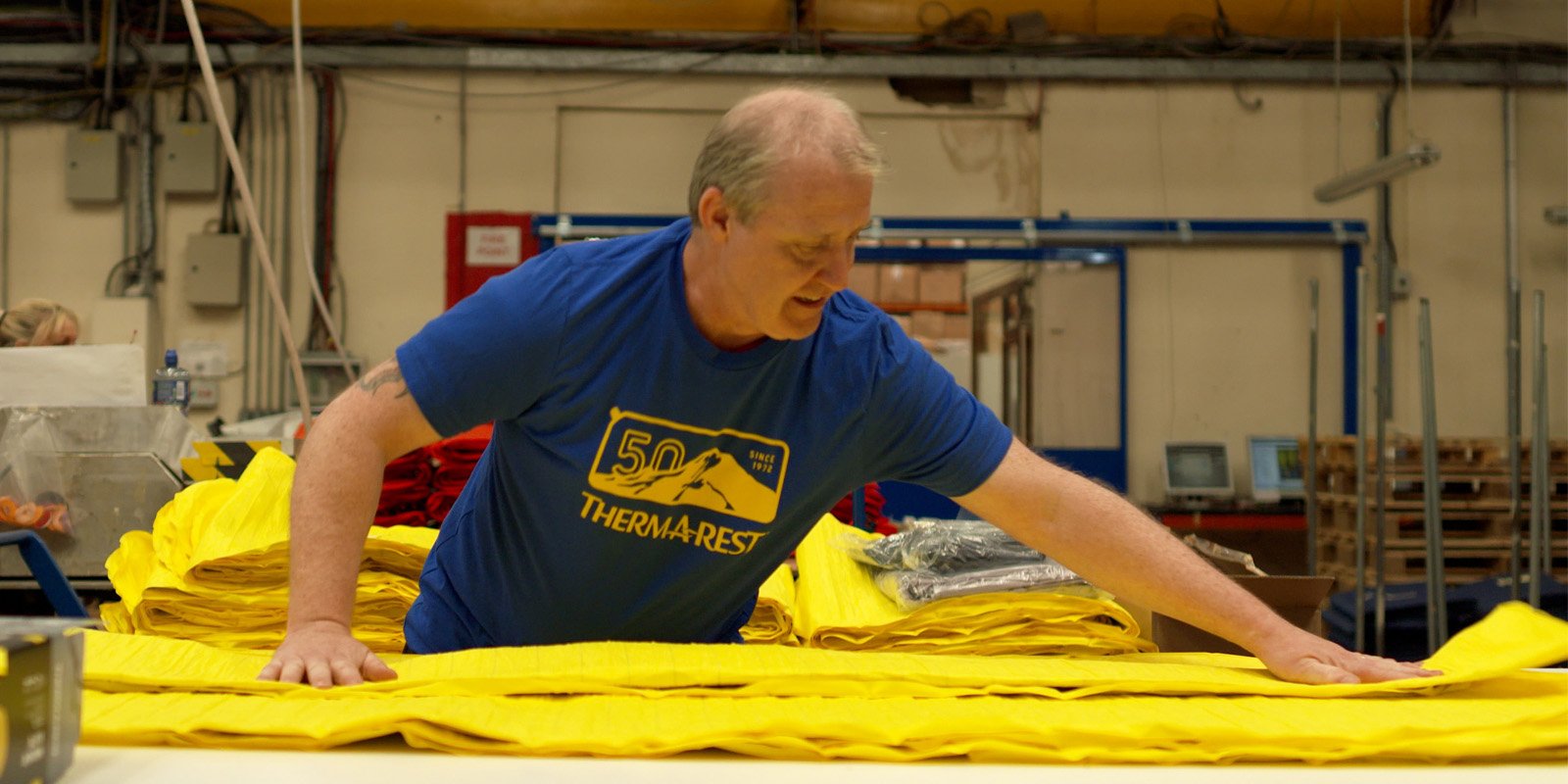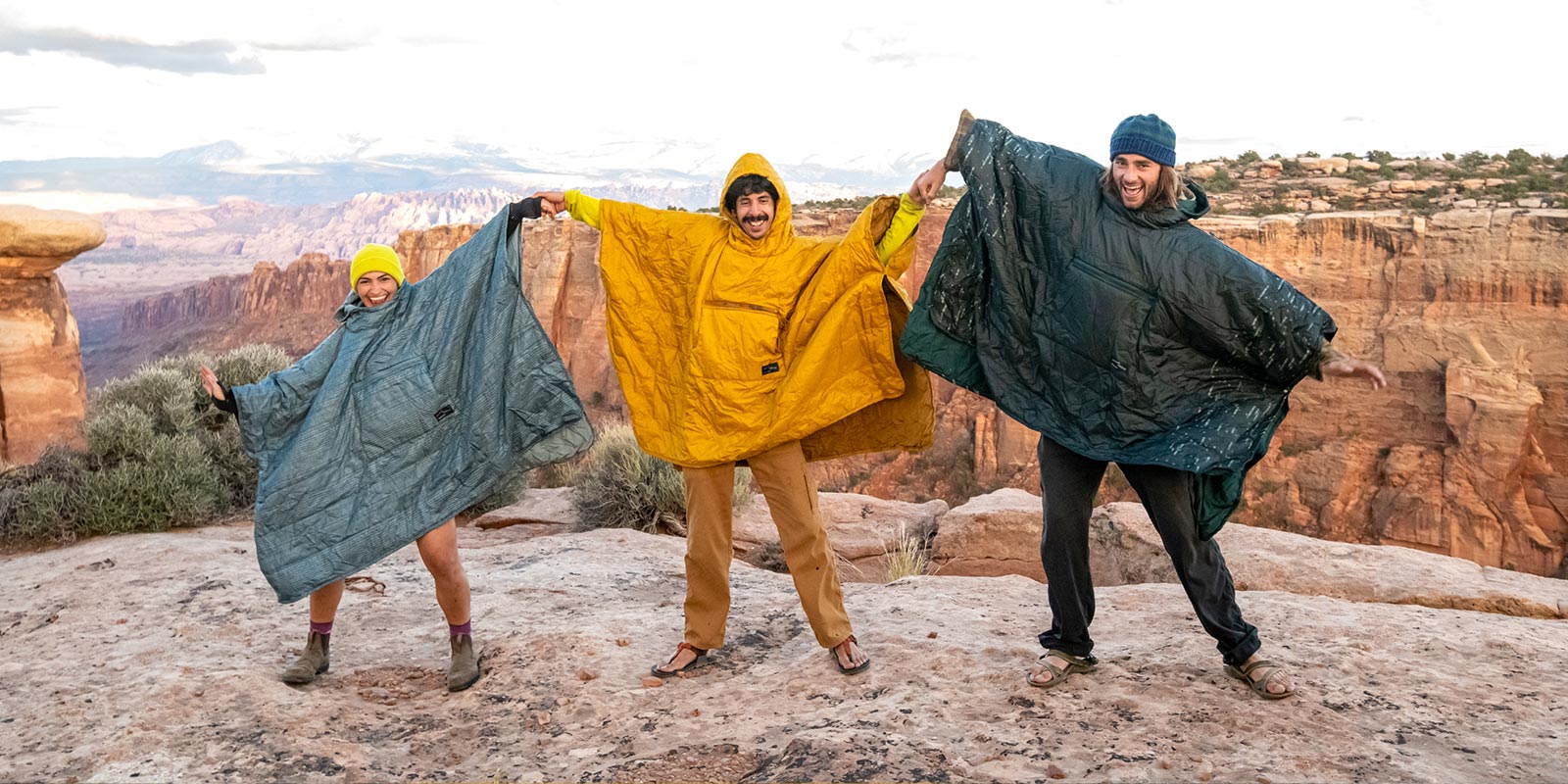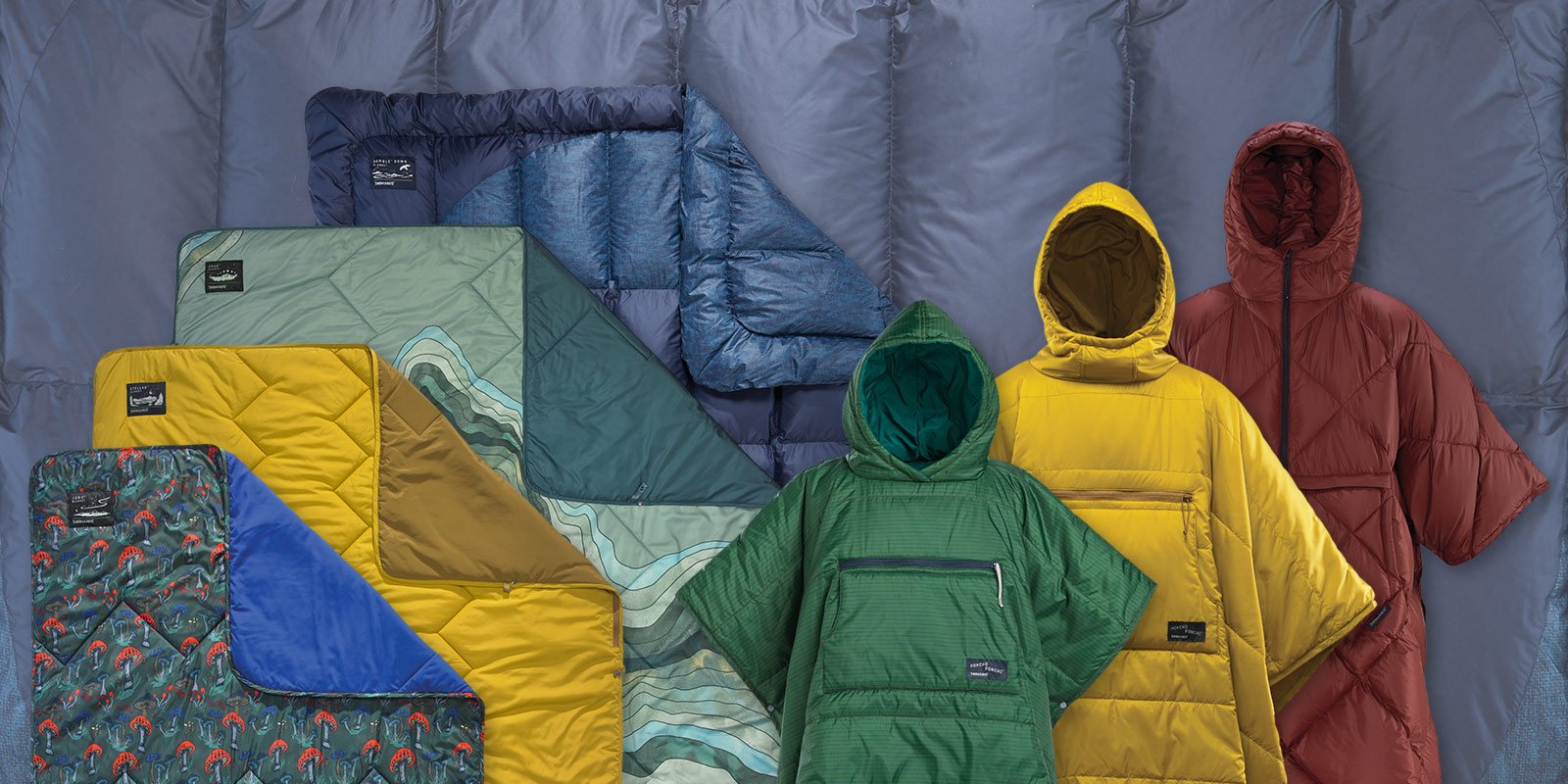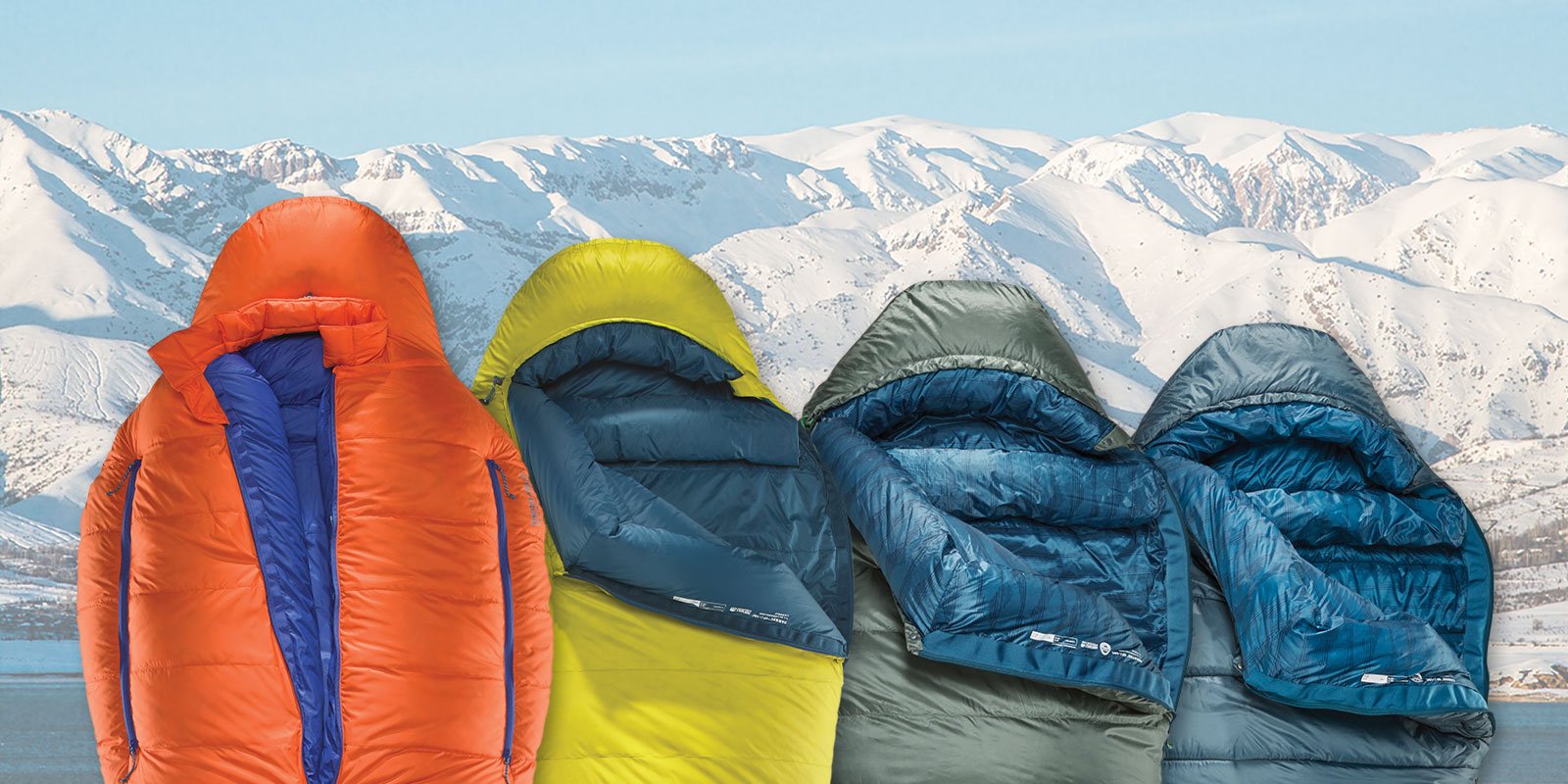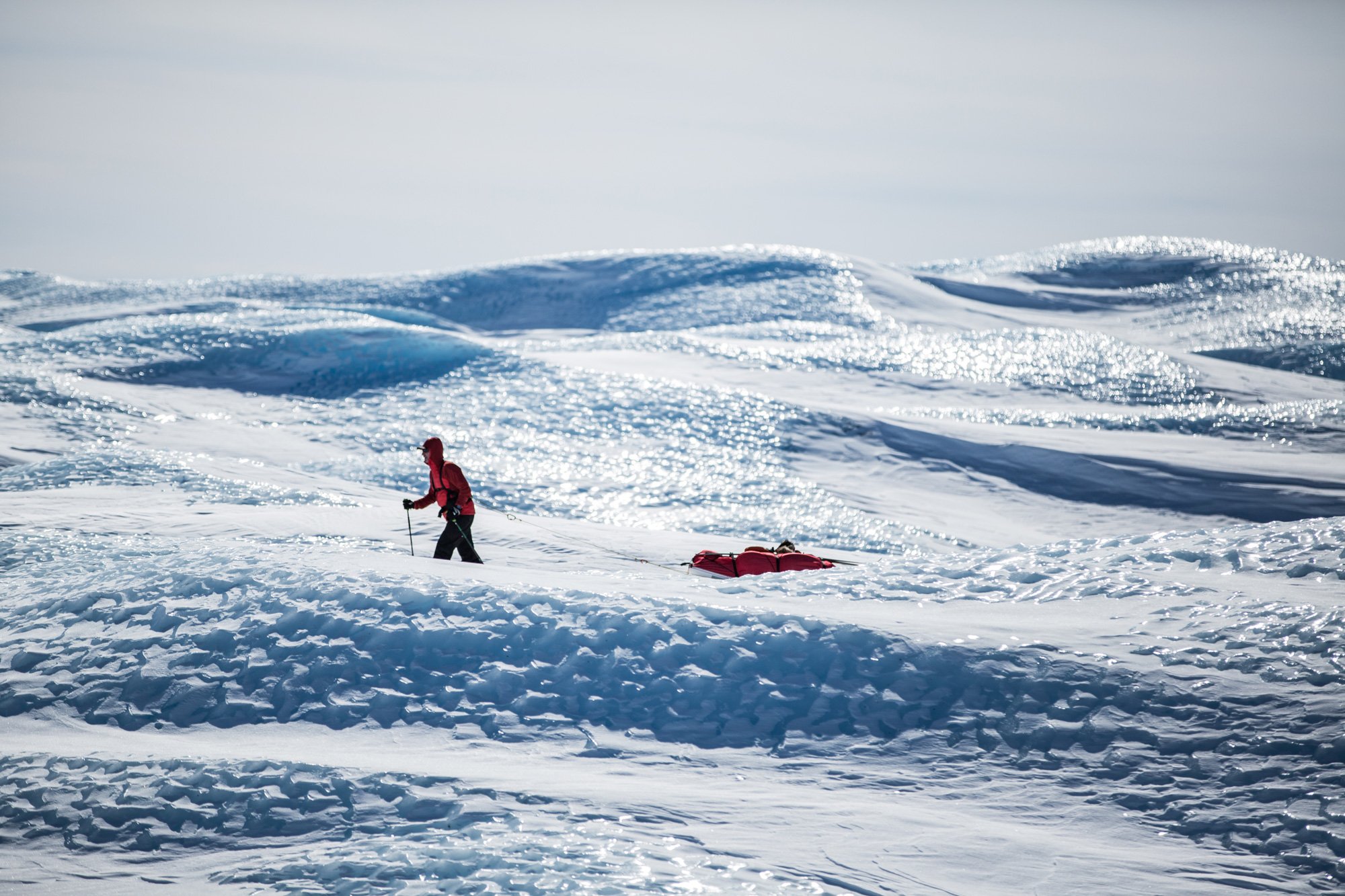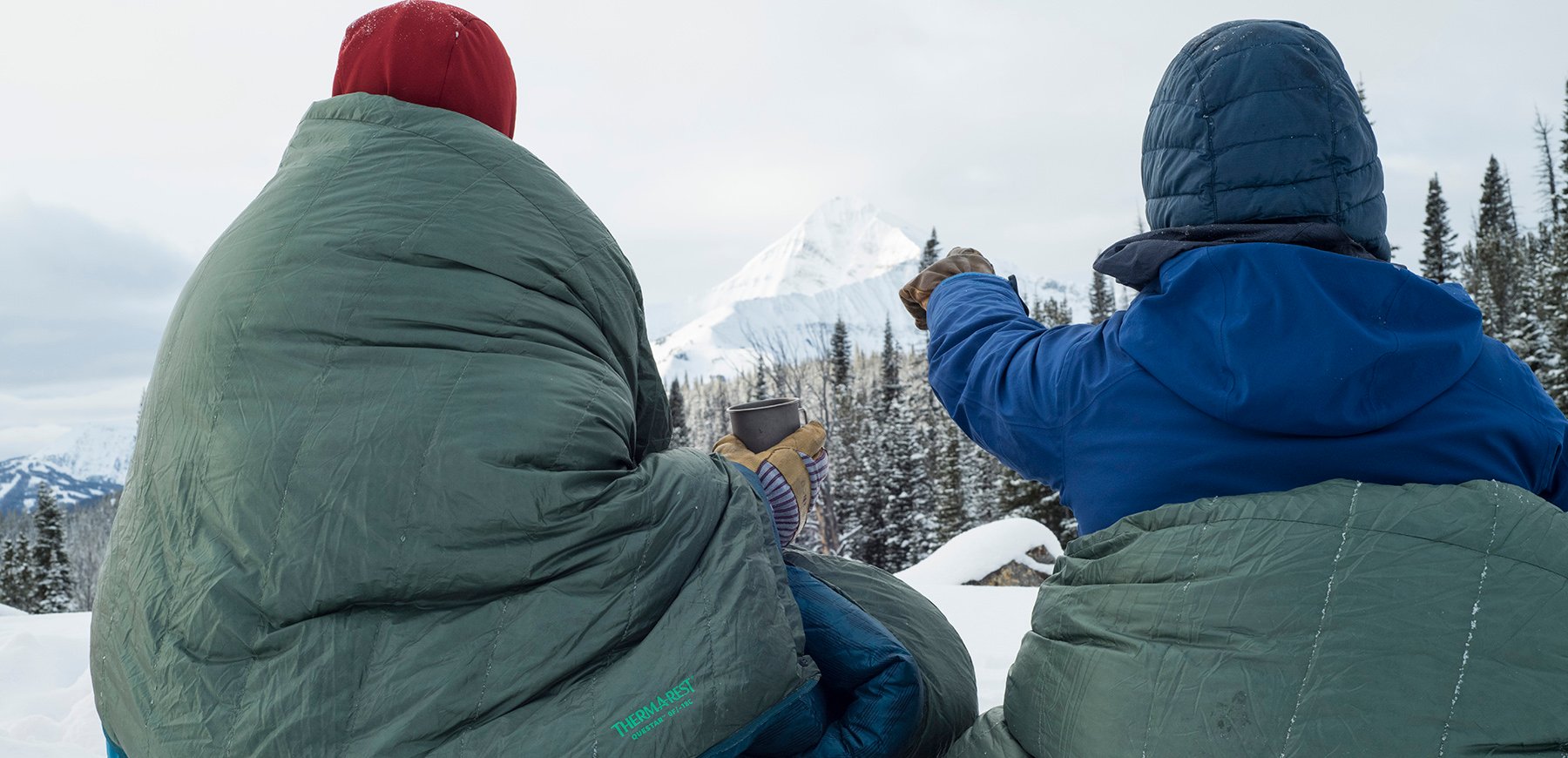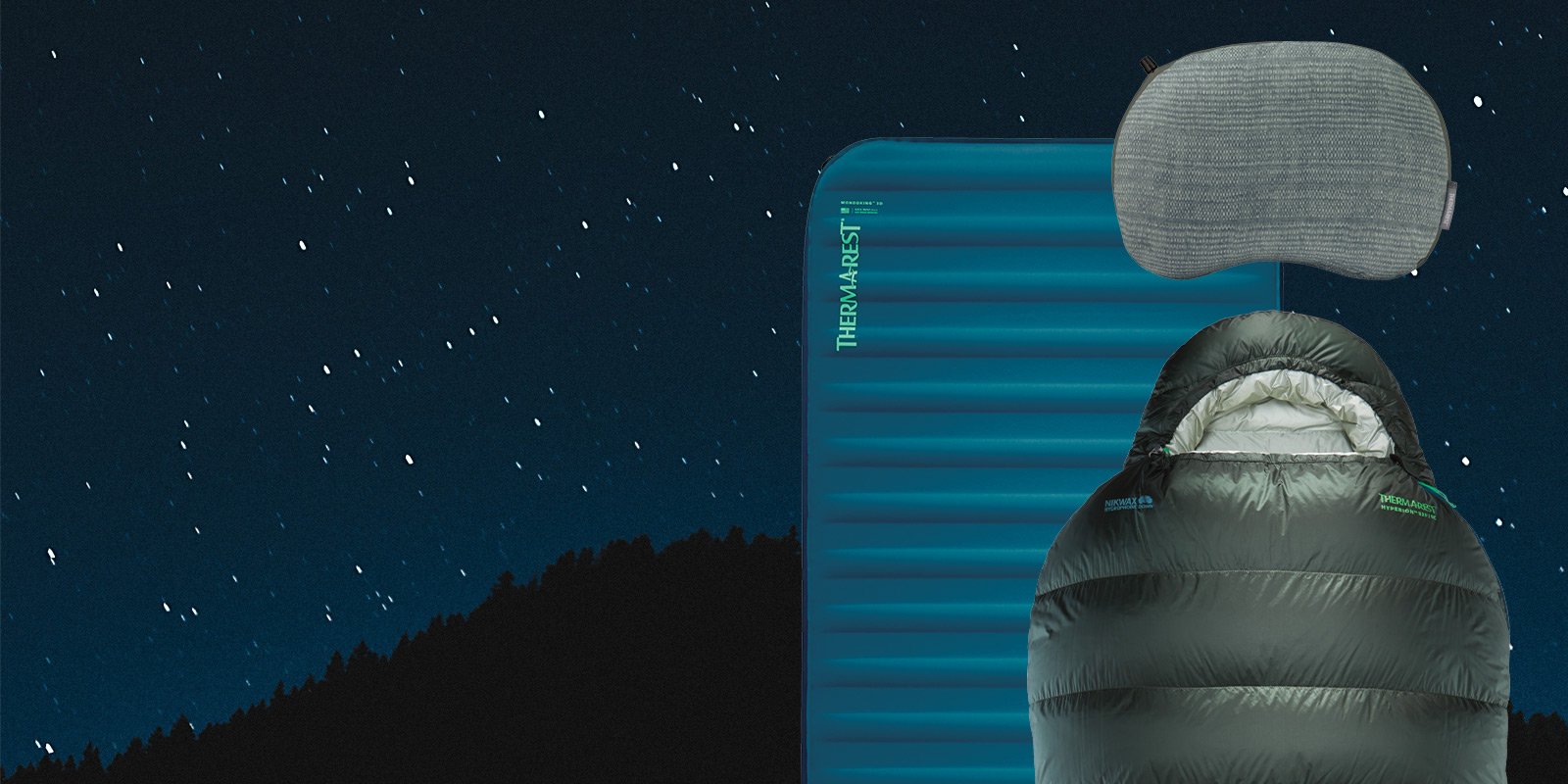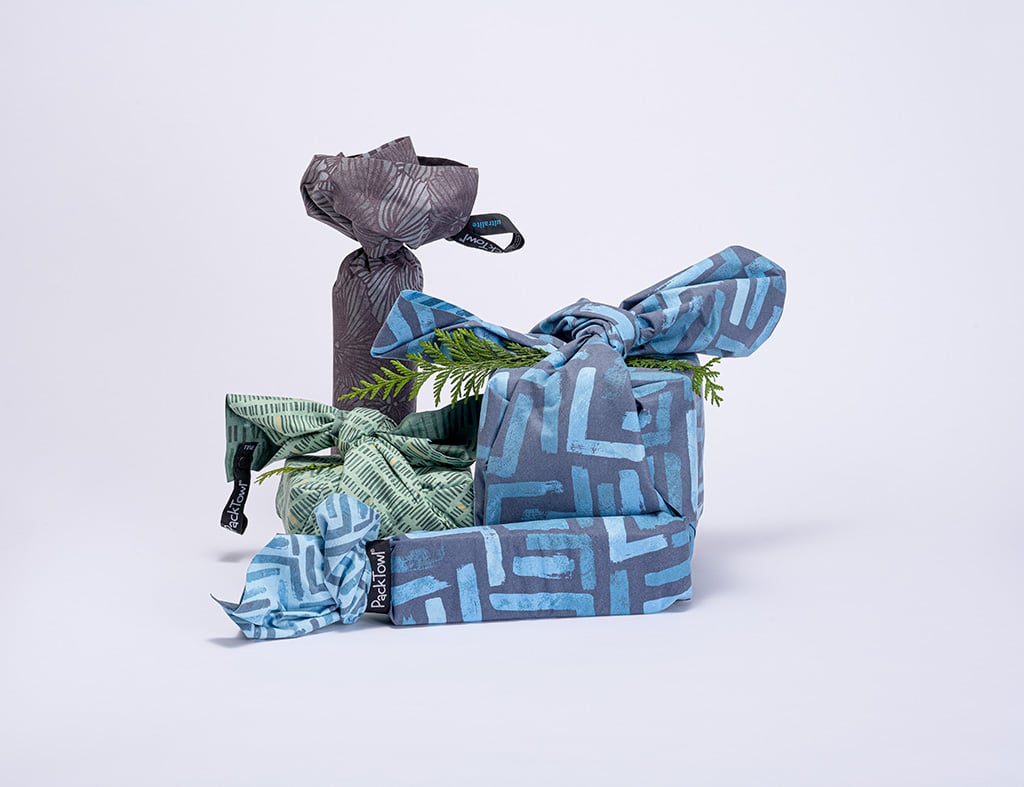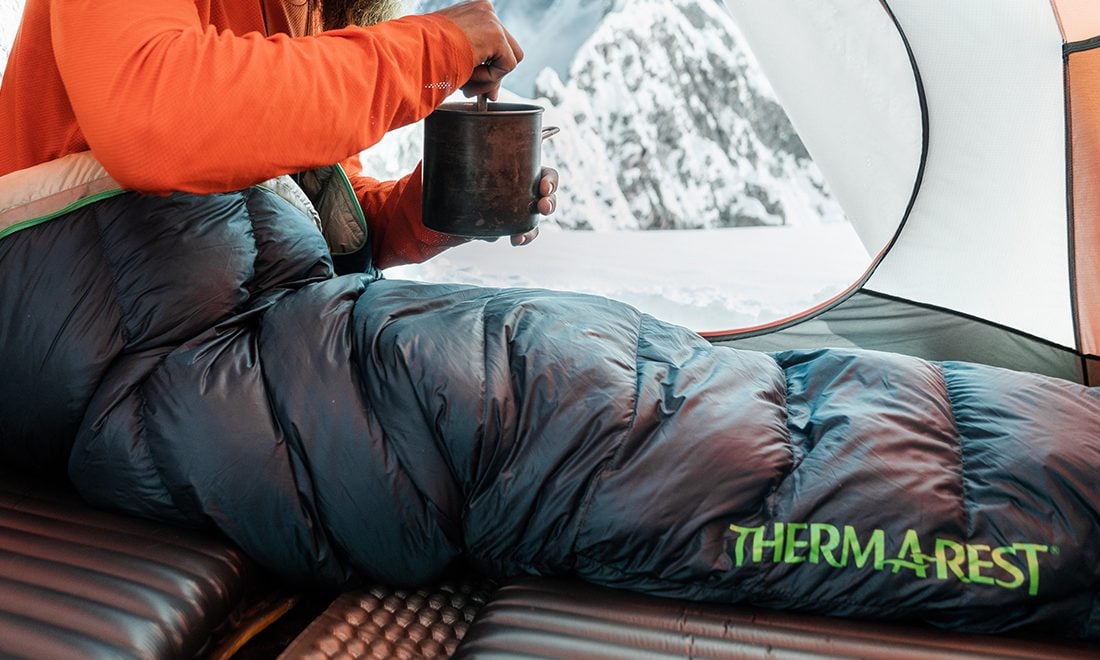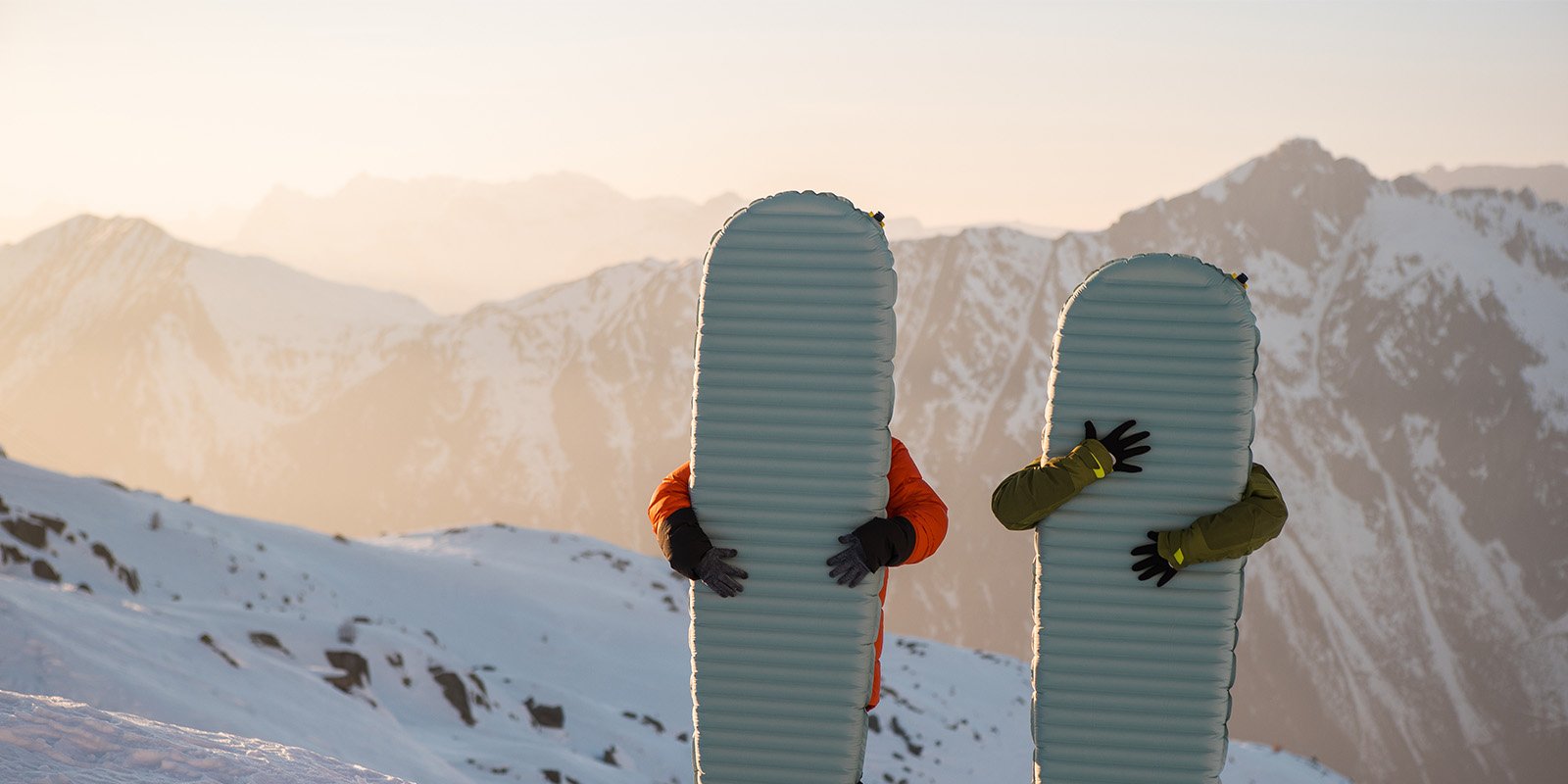Story by Leif Whittaker, Photos by Freya Fenwood
Have you ever seen snow falling on a beach? Until a few weeks ago, I certainly hadn’t. It was the eighth day of a two-week ski trip to Hokkaido, the north island of Japan. Six of us were wedged into a Toyota Hiace van between sets of obese skis, packages of gyoza, and a three-liter bottle of sake. We were driving the coastline along the Sea of Japan towards a remote hut, hidden in the hills of the Shakotan Peninsula. As we motored past a quiet harbor, snowflakes the size of hummingbirds suddenly swooped down from the sky. We were approximately seven feet above sea level and it was dumping. I could hardly imagine how big the snowflakes might be at Shakotan Hut.
More than a 90-minute drive from the bustling resort towns of Niseko and Rusutsu, the Shakotan Peninsula is not a common destination for backcountry skiers or snowboarders. In fact, it’s better known for sea stacks and a national marine sanctuary than for powder. However, over the past few years the Hokkaido Backcountry Club (HBC), a Niseko-based organization, has been exploring the peninsula to assess if cat-assisted skiing is feasible. The centerpiece of the proposed operation is a cozy hut located at about 1,300 feet. Photographer Freya Fennwood and I, along with skiers Adam U and Tess Golling, were lucky enough to tag along with HBC on one of their exploratory missions.
We turned right between snowbanks taller than the van and jostled along a white road until we came to a turnout where the cat waited. Clayton Kernaghan, co-founder of HBC, took the controls, steering the cat through open channels in the silver birches.
Forty minutes later we halted in front of the hut. Clearly nobody had been there for a long time because snowdrifts rose halfway up the walls, blocking the door. An elephantine mushroom of snow clung to the peak of the gable roof. Clayton used the cat to clear out as much of the snow as he could without accidentally tearing off the front porch. We dug the rest by hand, setting up a shovel brigade like we were extracting a skier from the debris of a massive avalanche.
When we finally barged through the door it was as dark as a cellar inside. Snowdrifts blocked all the windows, but in the triangle of white light coming from the open door, I saw tatami-mat floors, a modest stove, and dozens of old pictures nailed to the dusty walls. According to the HBC staff, the local township of Shakotan maintains the hut, which is used mostly in the summers. Clayton said there are similar huts hidden all over Japan, but in the winter it takes either a cat ride or a very long skin to access them. Judging from the pictures on the walls, local outdoor clubs have been using the Shakotan hut for more than thirty years. As we inspected the hut by headlamp, HBC employee Matt Standal said, “This hut would be a godsend to a lost hiker or skier. If you had enough strength to dig out the door you’d be able to survive here.”
Matt was right. There was clean running water piped directly from a nearby creek, propane burners for cooking, and heaps of pads and blankets stacked on a set of bunk beds. Add gyoza and a bottle sake to the equation and it became far more than a shelter in a storm. To a group of backcountry skiers, it was a palace.
For the next two days, ACMG Ski Guide Jordy Shepherd led our exploration of the surrounding terrain, which was very complex. Ridges and gullies crisscrossed each other, making navigation and avalanche avoidance difficult. The snow was deep and enticing, but also noticeably unstable. At one point, Adam set off what Jordy described as a “Level 1 or smaller” avalanche on a prow of ridgeline. The slide didn’t propagate, but it was large enough to raise a caution flag. We stuck to moderate angles in perfectly spaced trees, our obese skis floating playfully through cold smoke.
In the evenings, we debated the pros and cons of skiing in the hills around the Shakotan Hut. By the time the gyoza and sake were gone we had reached a consensus: the potential was huge. But to be honest, I already knew that. I knew it the moment I saw snowflakes falling on a beach, the moment I saw those white hummingbirds diving into the Sea of Japan.
